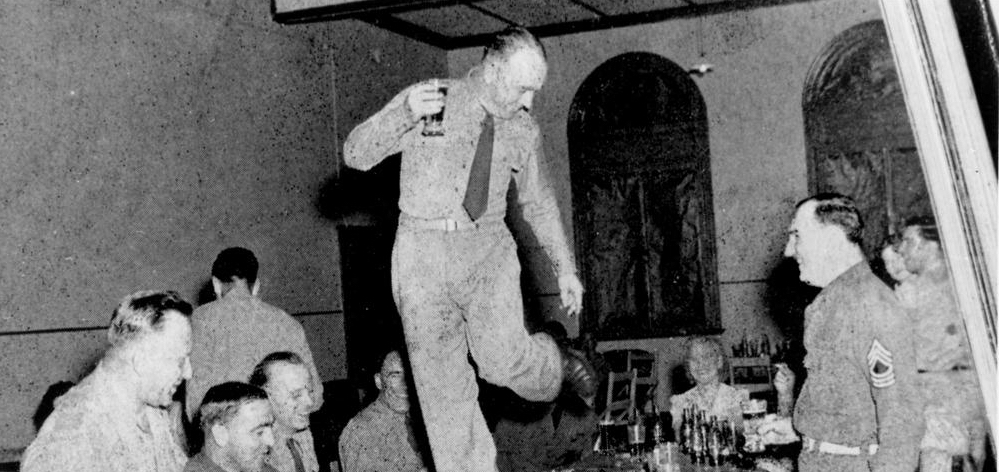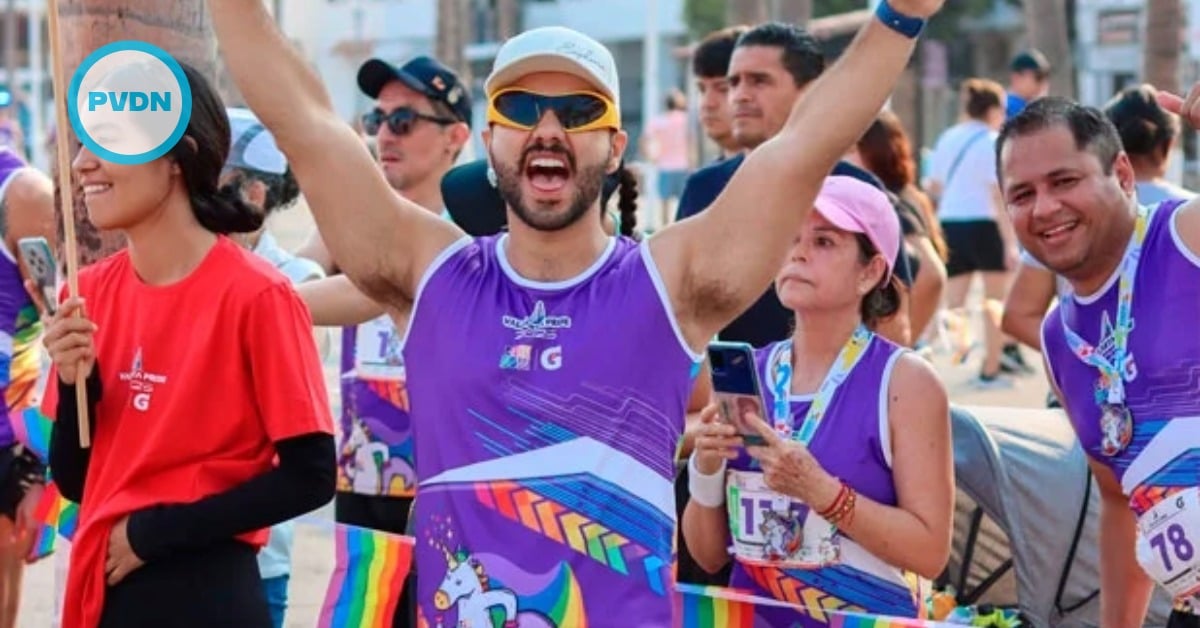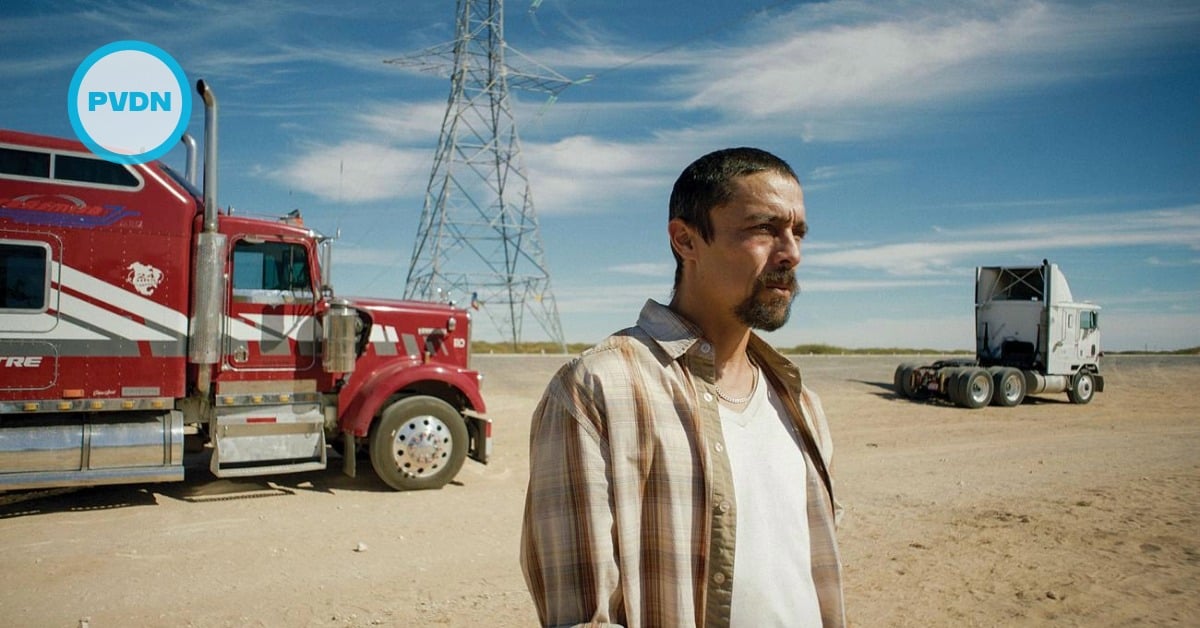Armies make men. Routine, order and discipline bring out the greatest masculine characteristics. Uniforms transform young males just beginning their lives from nobody to somebody. Sacrifice, courage and loyalty among fighting men build nations. Or so our histories tell us. The fo…







